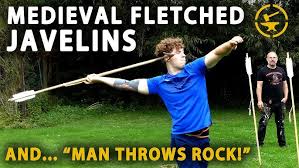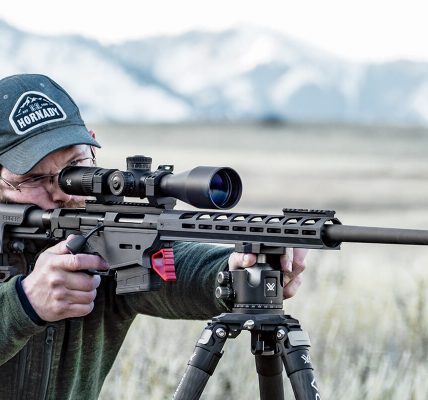The longbow, with its distinctive D-shaped handle and long, tapering shaft, is an iconic weapon associated with medieval England. It was used to devastating effect by English archers during the Hundred Years’ War, playing a crucial role in English victories at battles such as Agincourt and Crécy.
Origins and Development
The longbow’s origins can be traced back to the Middle Ages, when it emerged as a popular weapon among English archers. The longbow was a significant improvement over earlier types of bows, with a longer draw length and a heavier arrowhead. This allowed English archers to fire arrows at greater distances and with greater force.
Construction and Design
The longbow was typically made of yew wood, a strong and flexible material that was well-suited for archery. The bow was drawn using a string made from hemp or flax. The arrows used with longbows were also specially designed, with long, feathered shafts and heavy, pointed heads.
Military Use
The longbow was a formidable weapon, capable of penetrating armor and killing at long range. English archers were renowned for their skill and accuracy, and they played a vital role in English military victories. The longbow’s effectiveness was demonstrated at the Battle of Agincourt in 1415, where English archers inflicted heavy casualties on the French cavalry.
The Longbow in Popular Culture
The longbow has been featured in countless works of fiction, including movies, television shows, and video games. It is often associated with medieval knights and warriors, and is seen as a symbol of English prowess and military might.
Modern-Day Use
While the longbow is no longer used as a weapon in modern warfare, it remains a popular subject for collectors and enthusiasts. It is also used in historical reenactments and archery competitions. The longbow’s iconic appearance and historical significance have made it a timeless symbol of English archery.
Would you like to know more about the longbow’s construction, the techniques used by English archers, or the longbow’s role in English history?




